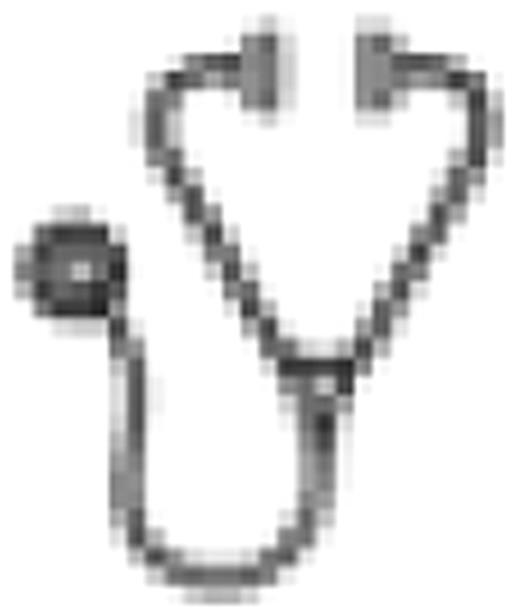Abstract
Abstract 264
Approximately half of sickle cell anemia (SCA) patients will develop aseptic necrosis (AVN) of the hips, with the majority of cases progressing to total collapse of the femoral head. Total hip arthroplasty (THR) in patients with SCA has been associated with high rates of perioperative complications and eventual failure of the prosthesis. Previous studies have suggested that hip coring decompression (HCD) is effective in decreasing pain and slowing the progression of AVN. In the most recent study of HCD in SCA, the mean surgical time was 1.1 hours and anesthesia time 2.1 hours; associated blood loss was 56cc. The length of hospital stay (LOS) was 5 days with a mean of 3 days postoperatively. We report a surgical approach designed to decrease surgical time while at the same time improving perfusion to the effected tissue with repeated small bone fenestrations.
From 11/1/2009 to 7/1/2010, 8 patients (10 hips) with SCA underwent HCD for femoral AVN: 3 females and 5 males with an average age of 31.3 years (median 25.5, range 11 to 50). 5 patients had SS and 3 SC disease. Seven hips were diagnosed as Ficat stage II and 3 as stage III. Physical exams and pain assessments were performed before surgery and at follow-up by the same orthopedic surgeon. The clinical protocol includes a two day hospital stay: admission the day before surgery with overnight hydration at 1.5× maintenance fluids, postoperative management of pain and hydration, and discharge after PT evaluation and instruction. Patients are fully ambulatory at discharge and given exercise instructions by physical therapists.
Description of Procedure and Physical Therapy Plan: Under anesthesia, patients are placed in a lateral position on a bean-bag and bony prominences are well padded; an axillary roll is used. The hip, thigh, and mid part of the leg are sterilely prepared and draped, allowing rotation of the leg. The fluoroscopic C-Arm is placed underneath the bed, so that a true AP of affected hip is obtained. The fluoroscopic image determines the starting point for the initial 0.5 cm incision with a 15-blade. The drill (with a 5.0 bit) is then advanced to the proximal lateral cortex of the femur, distal to the greater trochanter. Under radiographic guidance, drill position is confirmed and advanced to the affected area of the femoral head. The drill is then withdrawn to the cortex (but within the cortical window) and advanced in different directions to achieve 3 adequate core channels. Prior to applying dressings, a six-inch long 18-gauge needle on a 10 cc syringe, containing 0.25% Marcaine with epinephrine is placed into the affected hip joint, under fluoroscopic guidance, and a small volume of the anesthetic is injected for relief of postoperative pain and pain associated with synovitis.
The average surgical and anesthesia time in minutes were: 15.9 ± 6.6 and 53.4 ± 18.1 respectively; mean blood loss was less than 10 cc. Three procedures were performed under conscious sedation without tracheal intubation. Two procedures were performed during an admission for acute pain; the remaining 8 were scheduled surgical admissions. The average LOS for the scheduled procedures was 5 days (3.5 days postoperative). No complications were reported in the immediate or 6-week postoperative periods.
In this series of 10 hips, all patients were fully weight bearing and ambulatory at discharge. Prior to surgery, all 10 hips were rated as a 10 on a 10-point pain scale. At the 6 week follow-up exam, 8/10 hips were rated as pain free, one hip was rated as a 1/10 and one hip remained a 10/10. The two patients undergoing surgery during acute pain episode involving the affected hip received immediate relief and were able to be discharged early.
The modified HCD technique utilizing small, repeated fenestrations is safe and is associated with reduced operative times, reduced anesthesia time, and negligible blood loss compared to previous studies of HCD for femoral AVN in SCA. Preliminary data indicates it is effective in decreasing the pain associate with AVN. We plan to follow these and future patients for 5 years with serial radiographs and evaluations utilizing the validated, reliable Children's Hospital Oakland Hip Evaluation Scale.
No relevant conflicts of interest to declare.

This icon denotes an abstract that is clinically relevant.
Author notes
Asterisk with author names denotes non-ASH members.

This feature is available to Subscribers Only
Sign In or Create an Account Close Modal